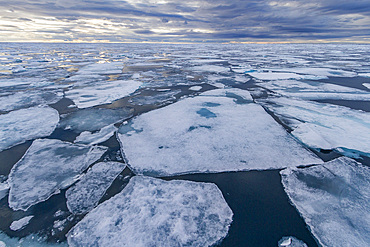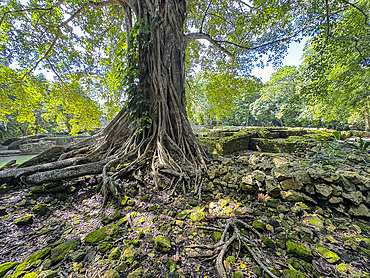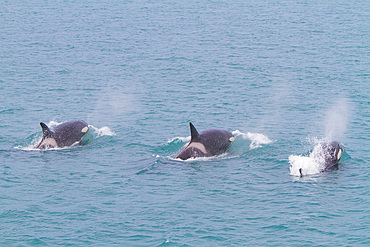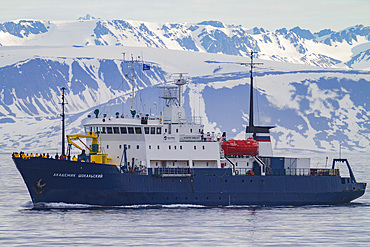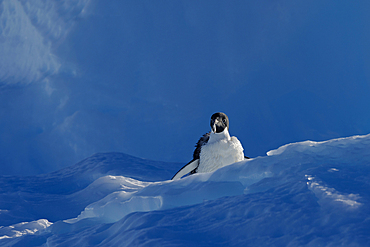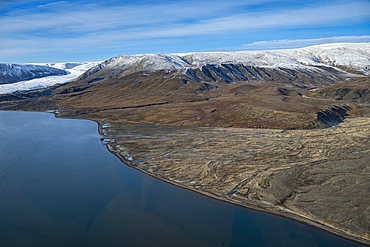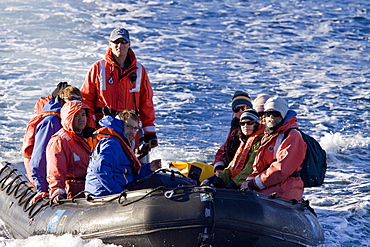Results
80 results found
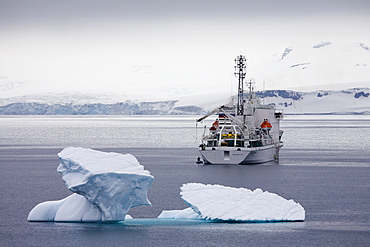
Russian research vessel and tourist ship Akademik Ioffe anchored off Half Moon Island, South Shetland Islands, Antarctic Peninsula, Antarctica, Polar Regions
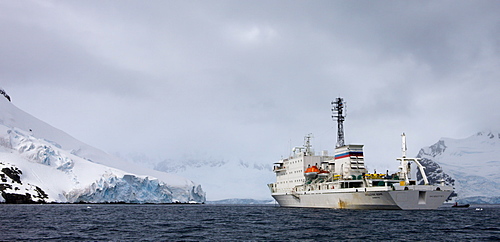
Russian research vessel and tourist ship Akademik Ioffe anchored off Pleneau Island, Antarctic Peninsula, Antarctica, Polar Regions
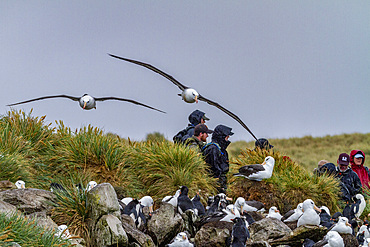
Adult black-browed albatross (Thalassarche melanophrys), in flight returning to nesting site on West Point Island, Falklands, South America
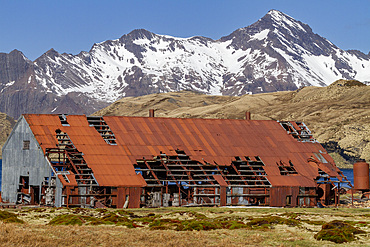
Views of the abandoned whaling station in Stromness Bay on South Georgia in the Southern Ocean, Polar Regions
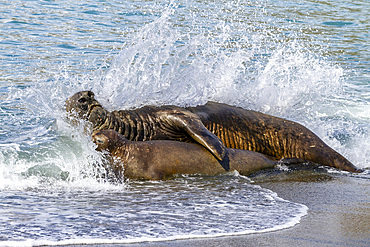
Southern elephant seal (Mirounga leonina) bull holding adult female in the surf to mate with her, South Georgia, Polar Regions
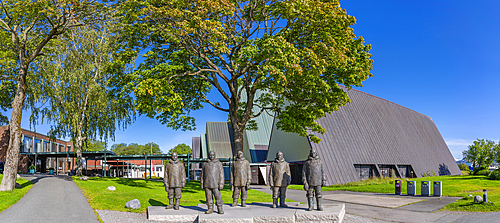
View of Roald Amundsen monument sculpture at The Fram Museum, Bygdoynesveien, Oslo, Norway, Scandinavia, Europe
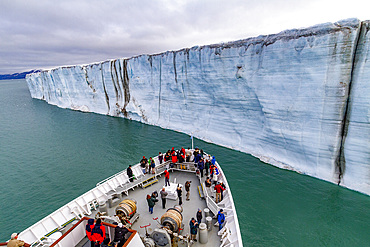
The Lindblad Expedition ship National Geographic Explorer near a glacier in the Svalbard Archipelago, Norway, Arctic, Europe
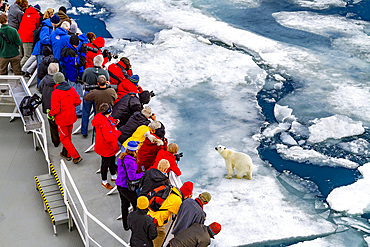
A curious young polar bear (Ursus maritimus) approaches the National Geographic Explorer in the Svalbard Archipelago, Norway, Arctic, Europe

Guests from the Lindblad Expedition ship National Geographic Endeavour in the Galapagos Islands, UNESCO World Heritage Site, Ecuador, South America
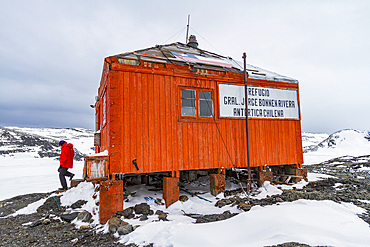
Views of the Chilean Antarctic refuge hut Jorge Bonnen Rivera situated on Hut Point on the Antarctic Peninsula, Antarctica, Polar Regions
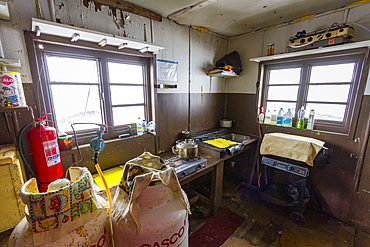
Views of the Chilean Antarctic refuge hut Jorge Bonnen Rivera situated on Hut Point on the Antarctic Peninsula, Antarctica, Polar Regions
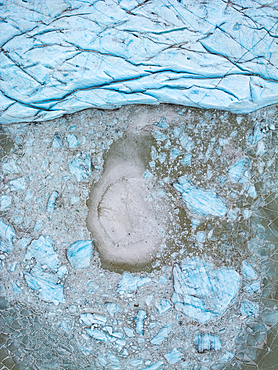
Aerial drone view of particular ice textures formed in the Hoffelsjokull glacier following global warming, Iceland, Polar Regions
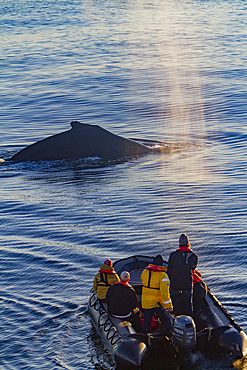
Adult humpback whale (Megaptera novaeangliae), surfacing near researchers in Zodiac at sunset, Iceland
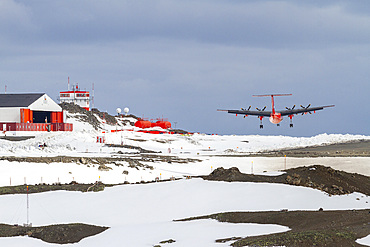
British Antarctic Survey (BAS) research plane landing at the Chilean Research base Frei on King George Island, Antarctica, Polar Regions
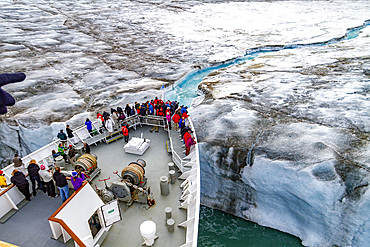
The Lindblad Expedition ship National Geographic Explorer near glacial run-off in the Svalbard Archipelago, Norway, Arctic, Europe
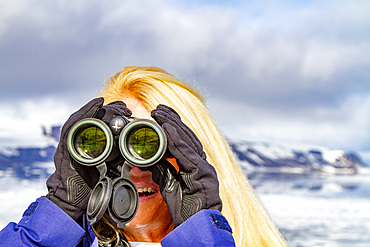
CT Ticknor, staff member from the Lindblad Expedition ship National Geographic Explorer using binoculars in the Svalbard Archipelago, Norway, Arctic, Europe
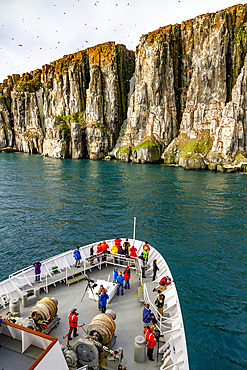
The Lindblad Expedition ship National Geographic Explorer near Cape Fanshawe in the Svalbard Archipelago, Norway, Arctic, Europe
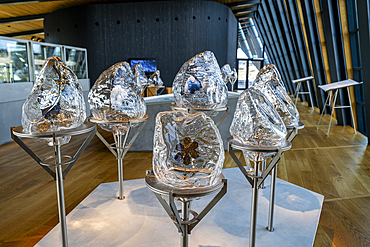
Ice crystals, Science Center, Ilulissat Icefjord, UNESCO World Heritage Site, Western Greenland, Denmark, Polar Regions

Views of the abandoned whaling station in Prince Olav Harbor on South Georgia, Southern Ocean, Polar Regions
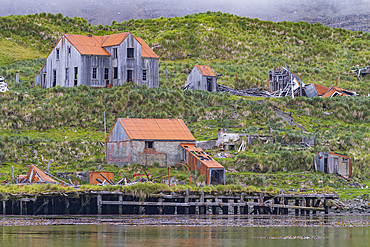
Views of the abandoned whaling station in Prince Olav Harbor on South Georgia, Southern Ocean, Polar Regions
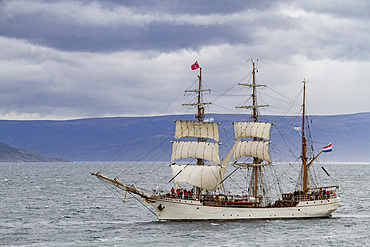
Expedition ship Europa operating from Ushuaia, Argentina to the Antarctic Peninsula in Antarctica, Southern Ocean, Polar Regions
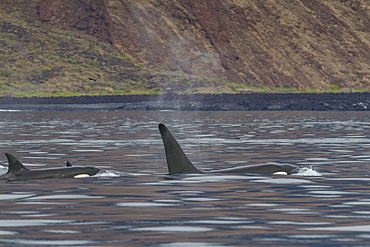
A small pod of killer whales (Orcinus orca) off the west coast of Isabela Island in the Galapagos Island Archipelago, UNESCO World Heritage Site, Ecuador, South America
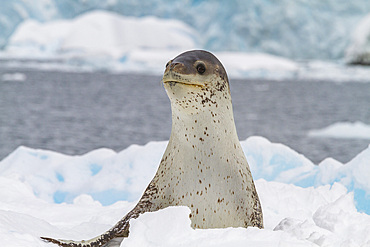
Adult female leopard seal (Hydrurga leptonyx) hauled out on an ice floe in Kayak Cove on Brabant Island, Antarctica, Polar Regions
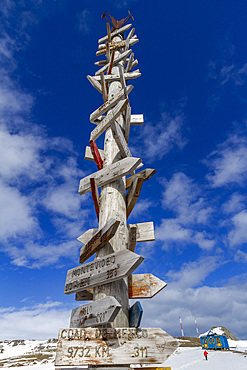
Views of the Chilean research base Presidente Eduardo Frei Montalva, Antarctica, Southern Ocean, Polar Regions
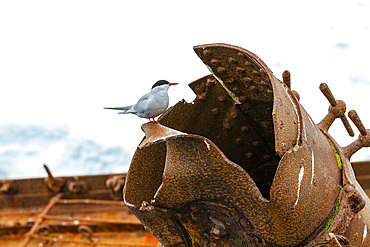
Antarctic tern (Sterna vittata), on the wreck of the Guvernoren in the Enterprise Islands, Antarctica, Southern Ocean, Polar Regions
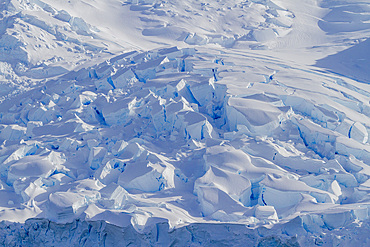
View of tidewater glacier deep inside Neko Harbor on the western side of the Antarctic Peninsula, Southern Ocean, Polar Regions
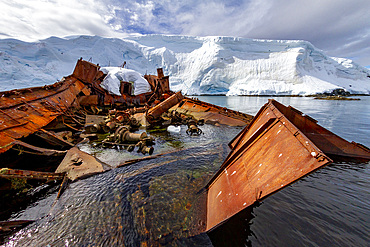
Views of the wreck of the Guvernoren, a 20th century whale processing ship, in the Enterprise Islands, Antarctica, Polar Regions
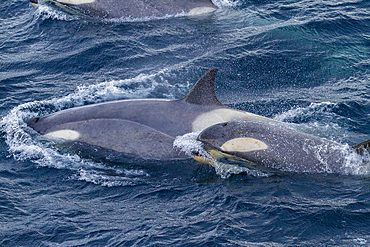
A large pod of Gerlache Strait type B killer whales (Orcinus orca), traveling and socializing in Gerlache Strait, Antarctica, Polar Regions
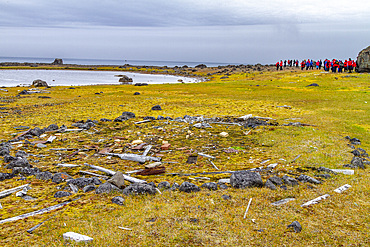
Lindblad Expeditions guests explore Cape Flora on Northbrook Island in Franz Josef Land, Russia, Arctic Ocean, Eurasia

The remains of the camp where Fridtjof Nansen over-wintered with Hjalmar Johansen in 1895-96, Franz Josef Land, Russia, Arctic Ocean, Eurasia
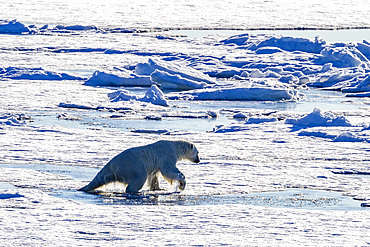
An adult polar bear (Ursus maritimus) swimming and hauling itself onto ice floe in the Svalbard Archipelago, Norway, Arctic, Europe
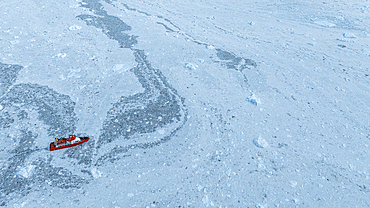
Aerial of a little ship floating between the ice below the Eqi glacier, Western Greenland, Denmark, Polar Regions

Guest from the Lindblad Expedition ship National Geographic Explorer holding up a block of ice in the Svalbard Archipelago, Norway, Arctic, Europe
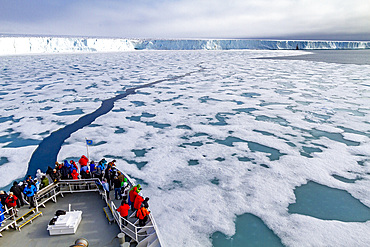
The Lindblad Expedition ship National Geographic Explorer at Austfonna in the Svalbard Archipelago, Norway, Arctic, Europe
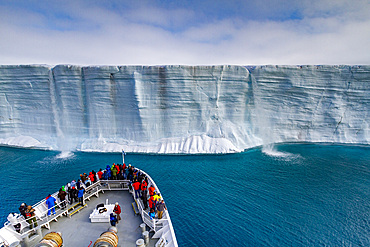
The Lindblad Expedition ship National Geographic Explorer at Austfonna in the Svalbard Archipelago, Norway, Arctic, Europe
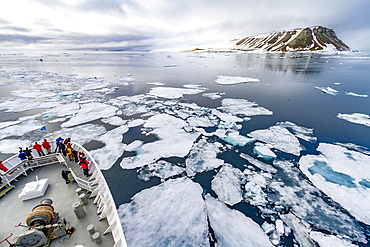
The Lindblad Expedition ship National Geographic Explorer in the Svalbard Archipelago, Norway, Arctic, Europe

The Lindblad Expeditions ship National Geographic Sea Bird operating in Glacier Bay National Park, UNESCO World Heritage Site, Southeast Alaska, United States of America, North America

Guest from the Lindblad Expeditions ship National Geographic Sea Bird on path beside a skull in Southeast Alaska, United States of America, North America

The Lindblad Expedition ship National Geographic Explorer pushing through ice in the Svalbard Archipelago, Norway, Arctic, Europe
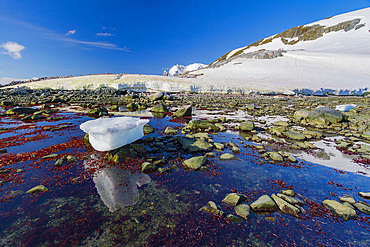
Iceberg and coast around the Antarctic Peninsula during the summer months, Southern Ocean, Polar Regions

Views signpost and the Trinity Church at Belingshausen Russian Research Station, Antarctica, Southern Ocean, Polar Regions
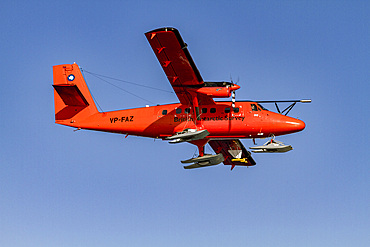
British Antarctic Survey (BAS) research plane operating in the Gullet, near Rothera Station near the Antarctic Peninsula, Polar Regions
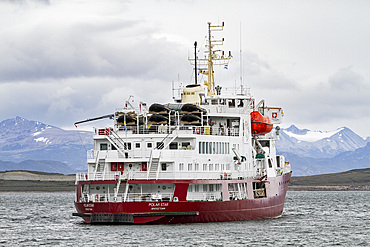
Expedition ship Polar Star operating from Ushuaia, Argentina to the Antarctic Peninsula in Antarctica, Southern Ocean, Polar Regions
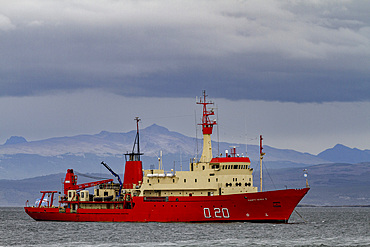
Argentine ship the Puerto Deseado operating from Ushuaia, Argentina to the Antarctic Peninsula in Antarctica, Southern Ocean, Polar Regions

Expedition ship Polar Star operating from Ushuaia, Argentina to the Antarctic Peninsula in Antarctica, Southern Ocean, Polar Regions
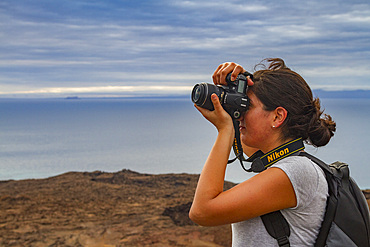
Guest from the Lindblad Expedition ship National Geographic Endeavour in the Galapagos Islands, UNESCO World Heritage Site, Ecuador, South America
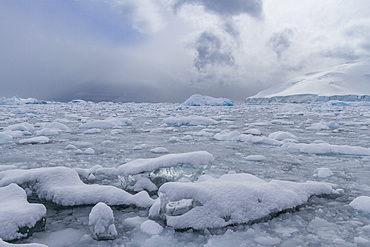
Icebergs and brash ice in Kayak Cove, during the austral summer months, Brabant Island, near the Antarctic Peninsula, Antarctica, Polar Regions
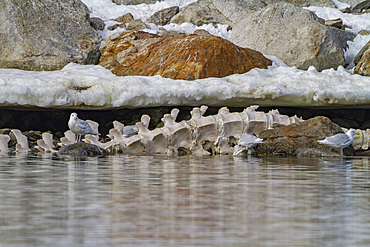
Adult fin whale (Balaenoptera physalus) carcass in Holmabukta off the northwest of the Svalbard Archipelago, Norway
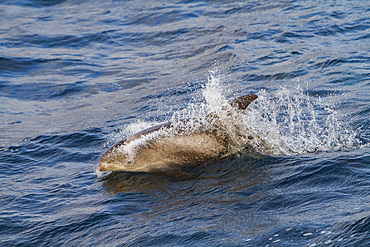
Adult white-beaked dolphin (Lagenorhynchus albirostris) surfacing in the Svalbard Archipelago, Norway
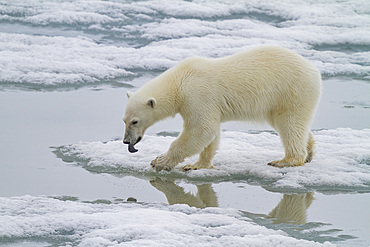
A curious young polar bear (Ursus maritimus), approaches the ship on Spitsbergen in the Svalbard Archipelago, Norway
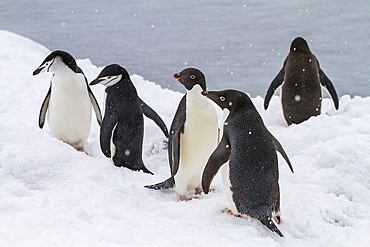
Adelie penguins (Pygoscelis adeliae), with chinstrap penguins (Pygoscelis antarctica), on ice at Booth Island, Antarctica, Polar Regions
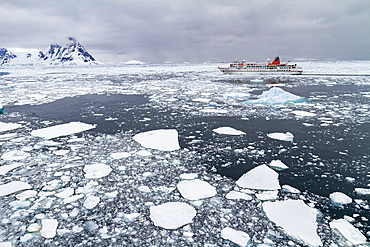
Expedition ship The Bremen operating from Ushuaia, Argentina to the Antarctic Peninsula in Antarctica, Polar Regions
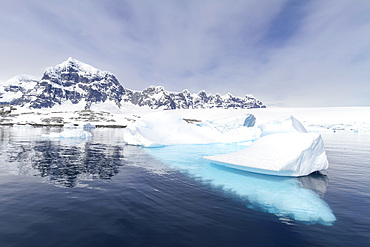
Grounded iceberg near Wiencke Island in the Palmer Archipelago, Antarctica, Southern Ocean, Polar Regions
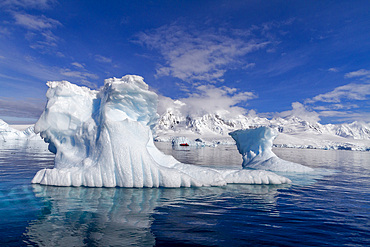
View of calm seas and icebergs with reflected mountains surrounding Damoy Point in Dorian Bay, Antarctica, Polar Regions
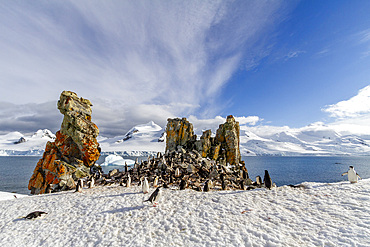
Chinstrap penguins (Pygoscelis antarctica), breeding colony at Half Moon Island, Antarctica, Southern Ocean, Polar Regions
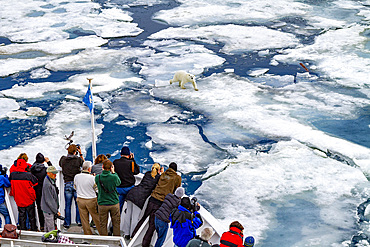
A curious young polar bear (Ursus maritimus) approaches the National Geographic Explorer in the Svalbard Archipelago, Norway, Arctic, Europe
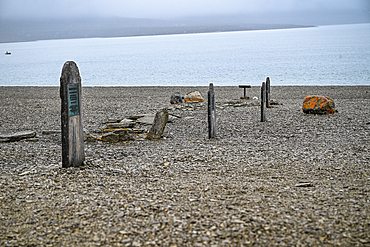
Gravestone from the Franklin expedition, Beechey island, Nunavut, Canadian Arctic, Canada, North America

Adelie penguins (Pygoscelis adeliae), at breeding colony at Brown Bluff on the eastern side of the Antarctic Peninsula, Antarctica, Polar Regions

The carcass of an eradicated reindeer (Rangifer tarandus) in Fortuna Bay, South Georgia, Polar Regions
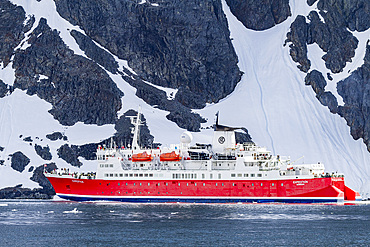
Expedition ship Expedition operating from Ushuaia, Argentina to the Antarctic Peninsula in Antarctica, Southern Ocean, Polar Regions
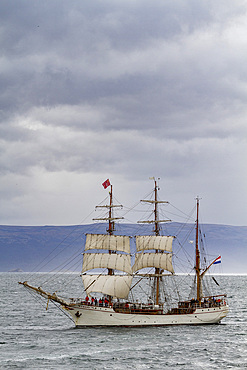
Expedition ship Europa operating from Ushuaia, Argentina to the Antarctic Peninsula in Antarctica, Southern Ocean, Polar Regions
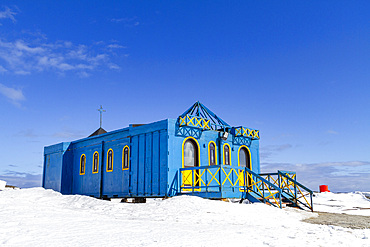
Views of the Catholic church at the Chilean research base Presidente Eduardo Frei Montalva, Antarctica, Southern Ocean, Polar Regions

Views of the Trinity Church at Belingshausen Russian Research Station, Antarctica, Southern Ocean, Polar Regions
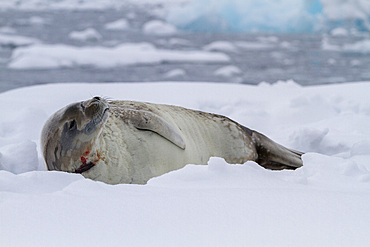
Weddell Seal (Leptonychotes weddellii), hauled out on ice at Half Moon Island, Antarctica, Southern Ocean, Polar Regions

Views of the Chilean inactive research base Gonzalez Videla on Waterboat Point in Paradise Bay, Antarctica, Polar Regions
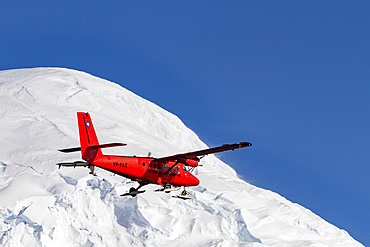
British Antarctic Survey (BAS) research plane operating in the Gullet, near Rothera Station near the Antarctic Peninsula, Polar Regions
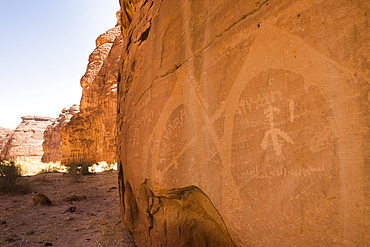
Ancient symbols and rock carvings on a sandstone rock cliff in the Sharaan Nature Reserve, AlUla, Medina Province, Saudi Arabia
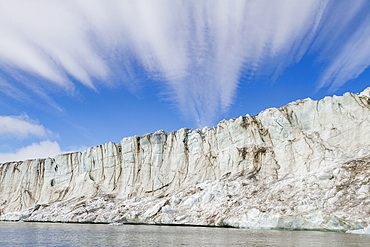
Views of the Vasilievbreen (Vasiliev Glacier), in Isbukta (Ice Bay) near the island of Spitsbergen in Svalbard, Norway, Arctic, Europe
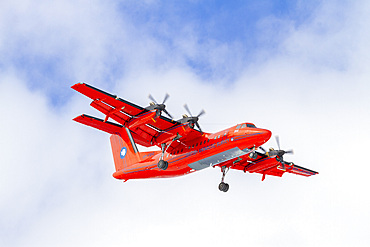
British Antarctic Survey (BAS) research plane landing at the Chilean Research base Frei on King George Island, Antarctica, Polar Regions
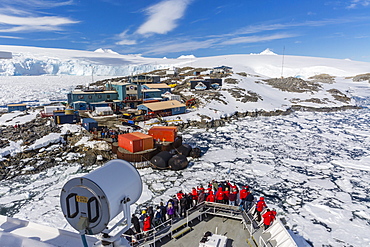
The Lindblad Expeditions ship National Geographic Explorer on approach to the United States Research Station at Palmer Base, Antarctica, Polar Regions

The Lindblad Expeditions ship National Geographic Explorer on approach to the United States Research Station at Palmer Base, Antarctica, Polar Regions
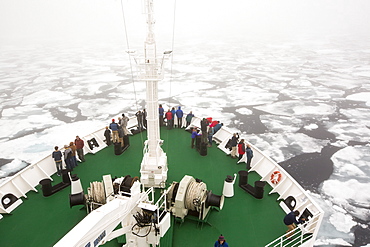
The Russian research vessel, AkademiK Sergey Vavilov an ice strengthened ship on an expedition cruise to Northern Svalbard, with clients on the prow at over 80 degrees north in rotten sea ice, some 550 miles from the North Pole. Latest research shows the Arctic will be ice free in the summer by around 2054.
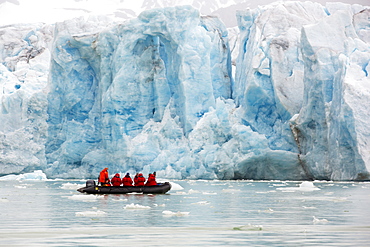
Passengers on Zodiaks off the Russian research vessel, AkademiK Sergey Vavilov an ice strengthened ship on an expedition cruise to Northern Svalbard in front of a glacier.
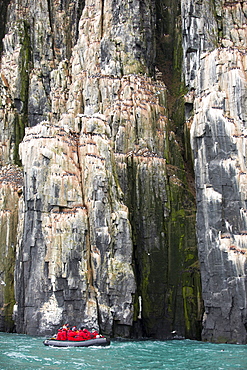
Passengers on Zodiaks off the Russian research vessel, AkademiK Sergey Vavilov an ice strengthened ship on an expedition cruise to Northern Svalbard in front of the Aalkefjellet (79 ̊ 36’n 18 ̊ 27’e) sea bird nesting cliffs, home to over 60,000 pairs of Brunnichs Guillemot, Hinlopenstretet Spitsbergen;

Crew member Jennifer Davidson of the Lindblad Expeditions ship the National Geographic Polaris in the waters surrounding the Galapagos Island Archipelago, Ecuador
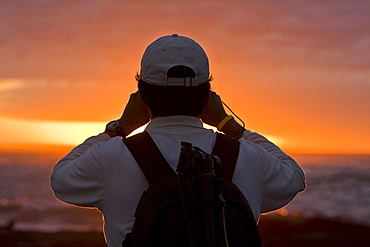
Crew member Juan Carlos Alvia of the Lindblad Expeditions ship the National Geographic Polaris in the waters surrounding the Galapagos Island Archipelago, Ecuador

Crew members of the Lindblad Expeditions ship the National Geographic Polaris clowning around in tortoise shells on Santa Cruz Island in the Galapagos Island Archipelago, Ecuador

Natural history staff from the Lindblad Expedition ship National Geographic Endeavour in LeMaire Channel on the western side of the Antarctic Peninsula
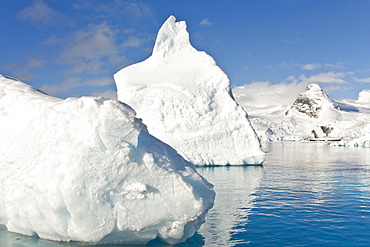
The Lindblad expedition ship National Geographic Endeavour operating with it's fleet of Zodiacs in and around the Antarctic peninsula, Antarctica.
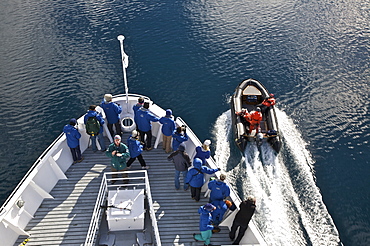
Natural history staff from the Lindblad Expedition ship National Geographic Endeavour in LeMaire Channel on the western side of the Antarctic Peninsula

Natural history staff from the Lindblad Expedition ship National Geographic Endeavour in LeMaire Channel on the western side of the Antarctic Peninsula
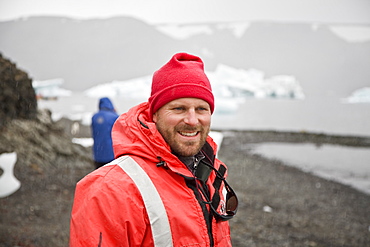
Natural history staff from the Lindblad Expedition ship National Geographic Endeavour doing various things in and around the Antarctic Peninsula
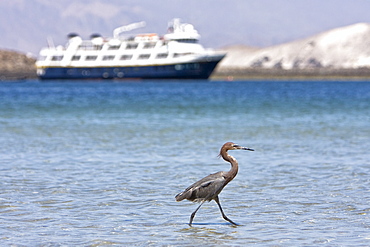
Adult reddish egret (Egretta rufescens) hunting for small fish in the shallow waters of Puerto Don Juan in the upper Gulf of California (Sea of Cortez), Baja California Norte, Mexcio.
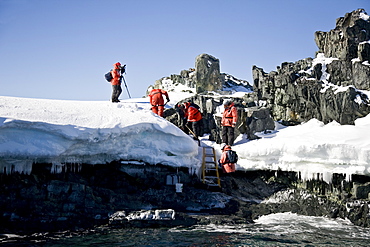
Natural history staff from the Lindblad Expedition ship National Geographic Endeavour doing various things in and around the Antarctic Peninsula
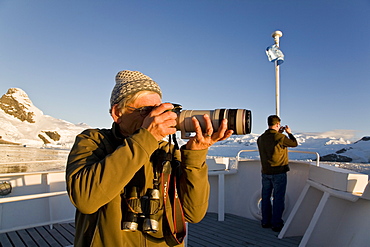
Natural history staff from the Lindblad Expedition ship National Geographic Endeavour doing various things in and around the Antarctic Peninsula

Lindblad Expeditions ship the National Geographic Polaris in the waters surrounding the Galapagos Island Archipelago, Ecuador
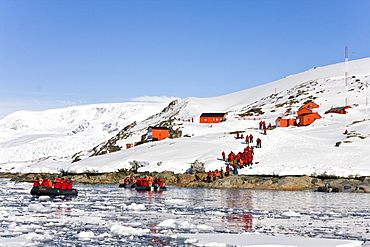
Lindblad Expeditions guests visiting the Argentine research station Almirante Brown in Paradise Bay in Antarctica as part of expedition travel. NO MODEL RELEASES FOR THIS IMAGE.
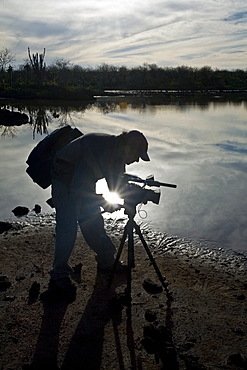
Crew videographer of the Lindblad Expeditions ship the National Geographic Polaris in the waters surrounding the Galapagos Island Archipelago, Ecuador
